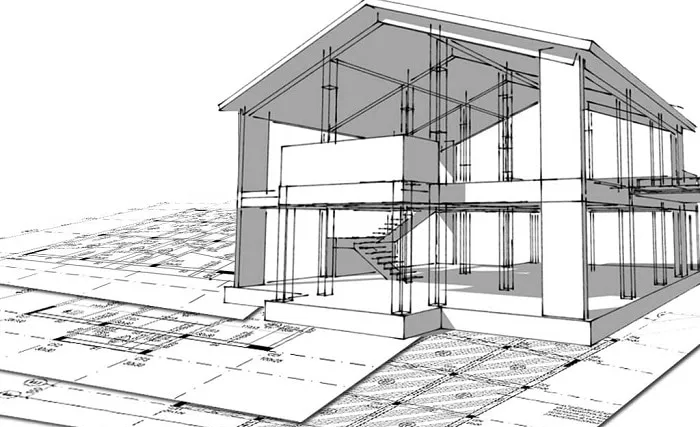About The Structural analysis:

Structural analysis is a branch of solid mechanics which uses simplified models for solids like bars, beams and shells for engineering decision making. Its main objective is to determine the effect of loads on the physical structures and their components. In contrast to theory of elasticity, the models used in structure analysis are often differential equations in one spatial variable. Structures subject to this type of analysis include all that must withstand loads, such as buildings, bridges, aircraft and ships. Structural analysis uses ideas from applied mechanics, materials science and applied mathematics to compute a structure's deformations, internal forces, stresses, support reactions, velocity, accelerations, and stability. The results of the analysis are used to verify a structure's fitness for use, often precluding physical tests. Structural analysis is thus a key part of the engineering design of structures. A structural system is the combination of structural elements and their materials. It is important for a structural engineer to be able to classify a structure by either its form or its function, by recognizing the various elements composing that structure. The structural elements guiding the systemic forces through the materials are not only such as a connecting rod, a truss, a beam, or a column, but also a cable, an arch, a cavity or channel, and even an angle, a surface structure, or a frame.
Introduction to structural engineering and type of loads
Types of structures, structural components, critical concerns of structural engineering, reactions, stability and types of laods.
Basic analytical tools of structural analysis
Concept of equilibrium-concurrent force system, non-concurrent force system, idealized structure: Free body diagrams, internal forces, deform at the importance of displacements ions and displacements, structural behavior and analysis.
Statistically determinate truss structures
Types of truss structures, structural idealization, historical background, analysis of planar trusses, equilibrium consideration, statistically determine complex trusses ate planar trusses, stability criterion, method of sections.
Statically determinate beams
Prismatic beams, stability and determinacy of beams, fixed support, hinged support, roller support, 3d supports.
Statically determinate plane frames
Static determinacy of planar beams and planar frames, and planar loading, analysis of statically determinate plane frames.
Shallow foundations
Introduction, types of foundation, soil pressure distribution, analytical method of evaluationg soil pressure, dimensioning rectangular, combined and strap footings.
